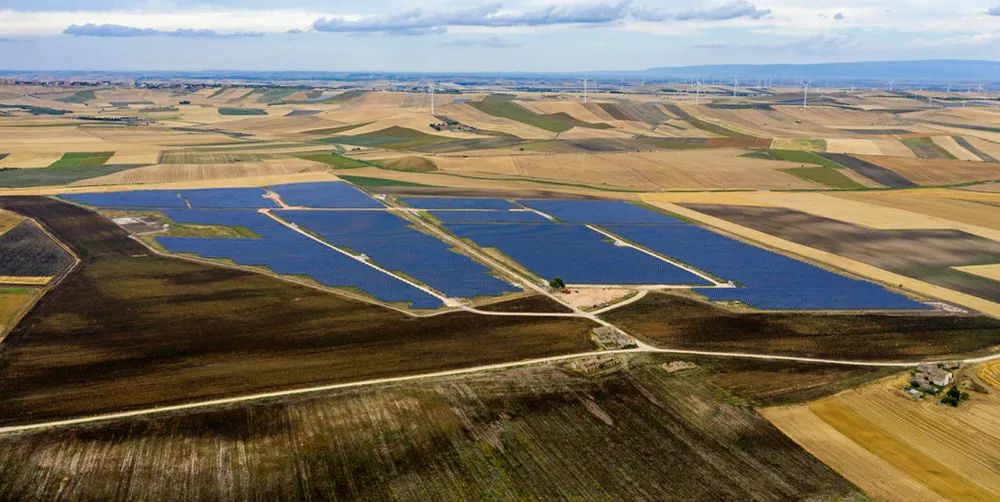Large utility-scale solar making inroads in Italy and Germany
Projects in the densely populated European industrial economies break through the 100MW-barrier

Projects in the densely populated European industrial economies break through the 100MW-barrier
